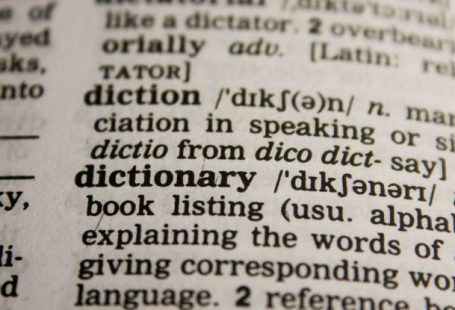Statistics play a crucial role in our lives, influencing decisions in various fields such as politics, economics, and healthcare. They help us make sense of the world by providing quantitative data that can guide policies and strategies. However, while statistics can be a powerful tool for understanding trends and patterns, they can also be misleading if not interpreted correctly. In this article, we will explore how statistics can be misinterpreted and why it is essential to approach them with a critical eye.
The Power of Numbers
Statistics are often seen as objective and factual, giving them a sense of authority and credibility. People tend to trust numbers because they appear to provide concrete evidence to support arguments or claims. However, the way statistics are presented can greatly influence how we perceive information.
Manipulating Data
One of the most common ways statistics can be misleading is through the manipulation of data. This can occur in various forms, such as cherry-picking data points, changing the scale of a graph, or omitting important information. By selectively choosing which data to present, individuals or organizations can create a skewed narrative that supports their agenda.
For example, imagine a study that claims a new drug is highly effective in treating a certain condition. However, upon closer inspection, it is revealed that the study only included participants who responded well to the drug, while those who did not benefit from it were excluded from the analysis. This selective reporting can create a false impression of the drug’s efficacy, leading to potentially harmful decisions based on incomplete information.
Correlation vs. Causation
Another common pitfall in statistical analysis is mistaking correlation for causation. Just because two variables are correlated does not mean that one causes the other. This logical fallacy can lead to misguided conclusions and flawed policy decisions.
For instance, a study may find a strong correlation between ice cream sales and drowning incidents. While it may be tempting to conclude that eating ice cream leads to an increased risk of drowning, the reality is that both variables are influenced by a third factor: warm weather. In this case, the correlation between ice cream sales and drowning incidents is spurious and does not imply a causal relationship.
Sample Size and Sampling Bias
The size and composition of a sample can also impact the reliability of statistical findings. A small sample size may not be representative of the population, leading to results that are not generalizable. Additionally, sampling bias, where certain groups are overrepresented or underrepresented in the sample, can skew results and undermine the validity of the study.
For example, a political poll that only surveys individuals from a specific demographic group may not accurately reflect the opinions of the entire population. This sampling bias can result in misleading predictions and flawed interpretations of public sentiment.
Drawing Meaningful Conclusions
To avoid falling victim to misleading statistics, it is crucial to approach data with a critical mindset. When presented with statistical information, consider the source, the methodology used, and any potential biases that may be present. Look beyond the numbers and seek to understand the context in which the data was collected and analyzed.
Ultimately, statistics are a powerful tool that can provide valuable insights and inform decision-making. However, to harness their full potential, it is essential to be vigilant and discerning in interpreting statistical information. By understanding the common pitfalls and biases that can distort data, we can navigate the world of statistics more effectively and make informed choices based on reliable evidence.





